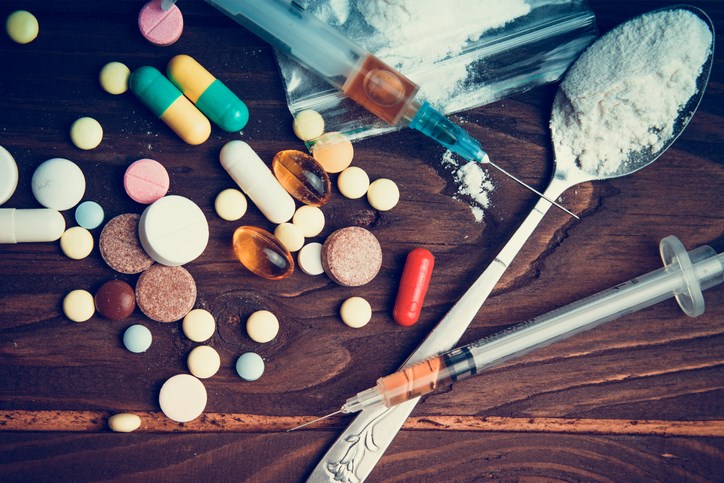March and April 2020 mark the first back-to-back months B.C. has seen an increase in illicit drug deaths since 2018 – at an average rate of 3.2 people dying per day, the B.C. Coroners Service said May 27.
"We remain in a public health emergency, with more than three British Columbians dying each day from illicit drug toxicity deaths," chief coroner Lisa Lapointe said. "Illicit drug toxicity death rates in B.C. are still the highest for any jurisdiction in Canada. Every region in B.C. has been impacted.”
That health emergency was declared more than four years ago and has been further impacted by the COVID-19 crisis.
There were 112 deaths in March and 117 in April, the first back-to-back months since November and December 2018.
The number of people in British Columbia who died of a suspected drug overdose in March exceeded 100 — a number that hadn’t been reached since March 2019.
The April rate represents a 4% increase over the number of deaths in March 2020 (112) and a 39% increase over the number of deaths in April 2019 (84).
In total, there have been 382 illicit drug deaths to date in 2020 in B.C.
Municipalities seeing the highest number of illicit drug toxicity deaths in 2020 are Vancouver, Surrey and Victoria.
The Northern Health Authority had the highest rate of illicit drug toxicity deaths at 28 deaths per 100,000 followed by Vancouver Coastal Health Authority with 26 deaths per 100,000 individuals in 2020.
Overall in 2020, the rate in B.C. is 22 deaths per 100,000 individuals.
Some 71% of those dying so far this year were aged 19 to 49, and males accounted for 79% of deaths in this year to date, both increases from 2019.
About 83% of illicit drug toxicity deaths occurred inside and 12% occurred outside.
No deaths have been reported at supervised consumption or drug overdose prevention sites.
Lapointe said recent government efforts to improve safe drug supply access are encouraging. She said the service “supports continued enhancement of this critical life-saving measure. We continue to recommend a regulated, evidence-based, supportive treatment and recovery system as an important pillar in preventing future deaths.”
@jhainswo



